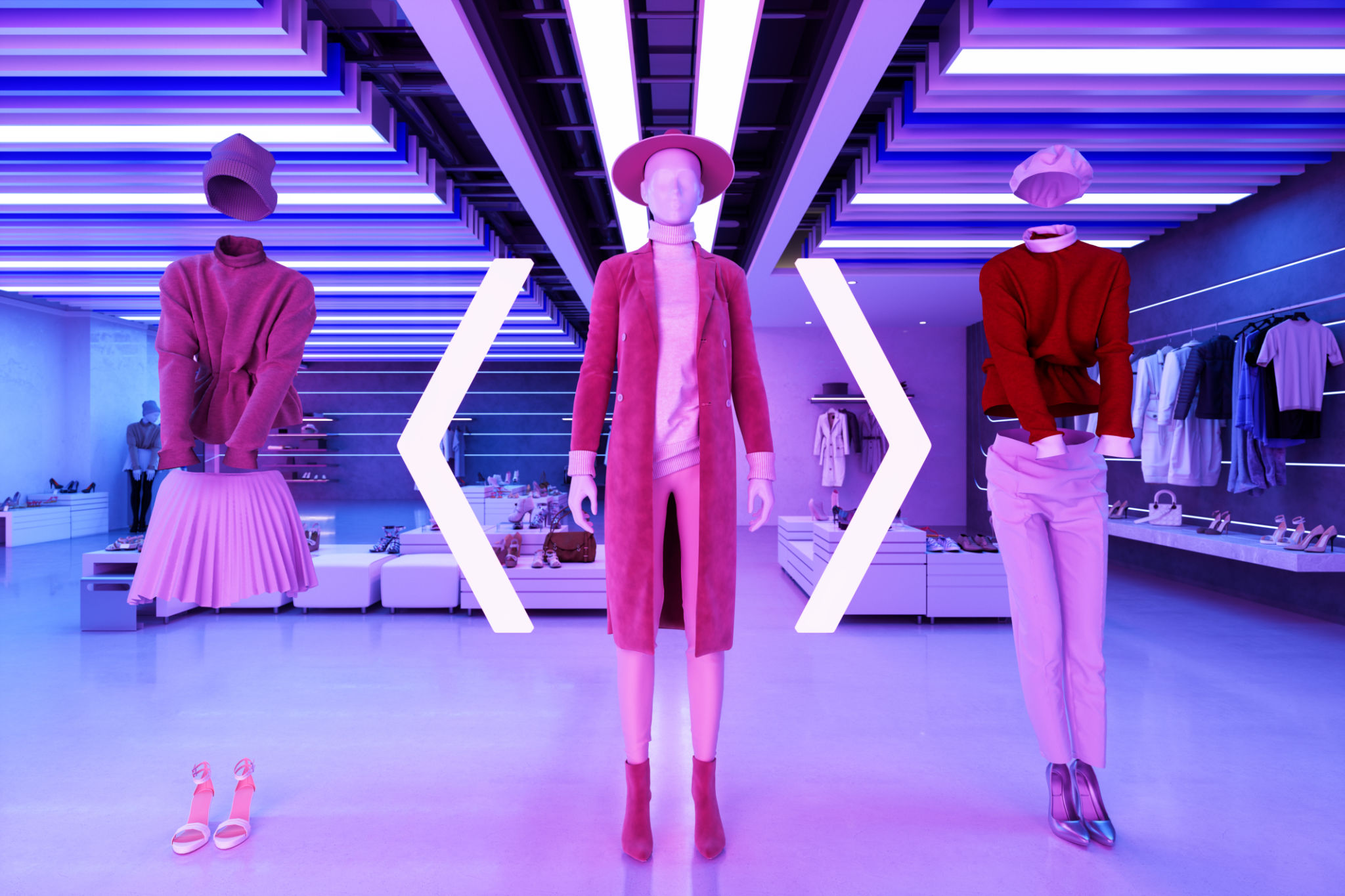From Virtual to Reality: The Rise of Phygital Fashion and Its Impact on Traditional Retail
Understanding Phygital Fashion
The term "phygital" combines the physical and digital worlds to create a seamless experience. In the realm of fashion, this concept is reshaping how consumers interact with brands and products, blending virtual elements with tangible reality. As technology continues to evolve, phygital fashion offers exciting opportunities for both retailers and consumers.
Phygital fashion allows consumers to visualize, try on, and even customize clothing items in a digital space before making a purchase. This innovation not only enhances the shopping experience but also helps brands reach a wider audience by removing geographical barriers. The integration of augmented reality (AR) and virtual reality (VR) technologies plays a crucial role in this transformation.

The Impact on Traditional Retail
The rise of phygital fashion is significantly impacting traditional retail models. Brick-and-mortar stores are being reimagined to incorporate digital experiences, creating more engaging and interactive environments. Retailers who adapt to this trend can offer customers the best of both worlds—physical access to products and digital enhancements that elevate the shopping journey.
One major shift is the use of smart mirrors and interactive displays. These technologies allow customers to virtually try on clothes, see different color options, and even receive personalized styling advice. This not only enhances customer satisfaction but also reduces return rates, as customers make more informed purchasing decisions.

Benefits for Consumers
For consumers, phygital fashion offers a more personalized and convenient shopping experience. With virtual try-ons, customers can explore endless options without leaving their homes. This is particularly beneficial for those with busy schedules or limited access to physical stores. Additionally, the ability to customize products online ensures that consumers receive items tailored to their individual preferences.
Moreover, phygital fashion can make shopping more inclusive by providing accessible options for individuals with disabilities. Virtual platforms can be designed to cater to different needs, ensuring everyone can enjoy the latest fashion trends without obstacles.
Challenges and Considerations
While the phygital approach offers numerous advantages, it also presents challenges for retailers. Integrating advanced technologies requires significant investment and expertise. Retailers must ensure that their digital platforms are user-friendly and secure, protecting customer data while delivering a seamless experience.
Additionally, brands need to maintain a balance between digital innovation and traditional retail practices. Some consumers still prefer the tactile experience of shopping in-store, where they can touch and feel products before purchasing. Therefore, offering a hybrid model that caters to diverse preferences is essential.

The Future of Phygital Fashion
The potential of phygital fashion is vast, with ongoing advancements in technology paving the way for even more immersive experiences. As AI and machine learning continue to evolve, the possibilities for personalization and interactivity will expand, further bridging the gap between the digital and physical worlds.
For retailers, embracing phygital fashion is not just an option but a necessity in order to stay competitive in today's market. By creating unique experiences that blend technology with traditional retail, brands can attract new customers and foster loyalty among existing ones.
Ultimately, the rise of phygital fashion marks a new era in retail, where boundaries blur and opportunities abound. As this trend continues to grow, consumers can look forward to ever-evolving shopping experiences that cater to their needs and desires.